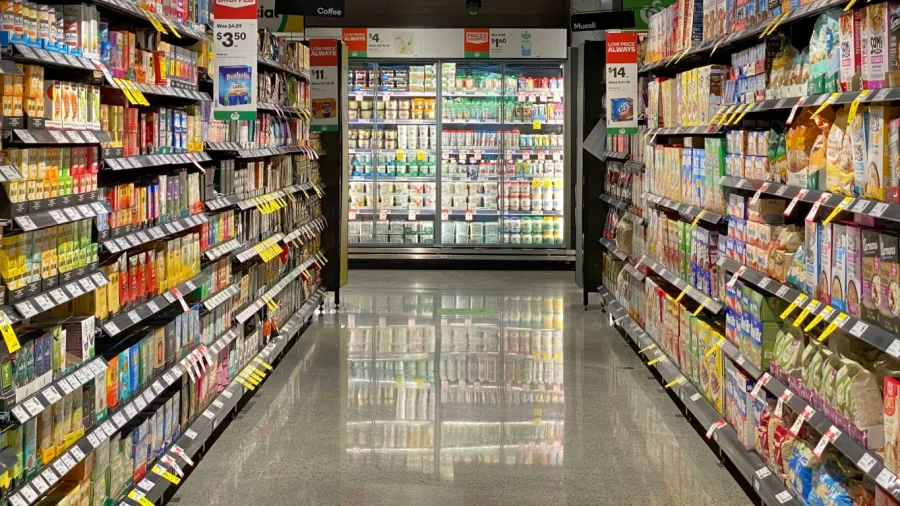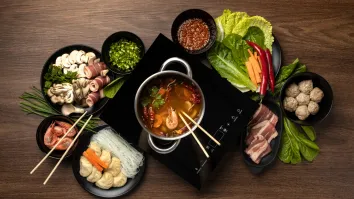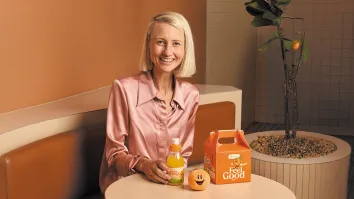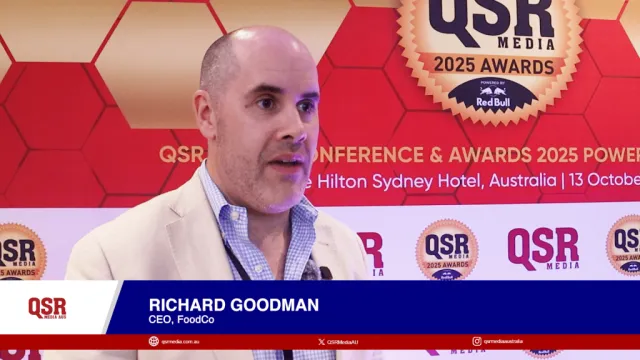
‘Fakeaways’ gain ground as Aussie fast-food brands enter retail aisles
QSRs are reshaping competition in frozen meals, sauces, and burger patties.
“Fakeaways”—restaurant-branded products sold in supermarkets—are becoming a permanent feature in Australia’s food landscape as fast-food operators look for ways to stay relevant while consumers cut back on dining out.
The trend has accelerated in recent months. Grill’d Healthy Burgers announced a tie-up with supermarket giant Coles to stock its burger patties in grocery aisles. Rival chain Zeus Street Greek soon followed, partnering with Woolworths to launch 15 retail products this month.
The shift comes as Australia’s food and grocery retail market is forecast to reach $414.5b (US$270.2b) by 2033, according to research by IMARC Group. Industry watchers say quick-service restaurants (QSR) are increasingly eyeing supermarket shelves as an extension of their brand presence.
Tim Hill, key account director for Southeast Asia at GlobalData, said QSR-branded fast-moving consumer goods (FMCG) are reshaping competition in categories such as frozen meals, sauces, and burger patties.
“We’ve seen this trend take shape locally with Nando’s range of marinades and sauces, Krispy Kreme’s frozen desserts, and Messina’s limited-edition collaborations with Woolworths,” Hill told QSR Media. “These brands bring built-in consumer trust, premium cues, and strong health or provenance narratives, all of which resonate with Australians seeking quality and convenience at home.”
Hill noted that Australians are changing spending patterns amid cost pressures. GlobalData’s second-quarter consumer survey showed 59% of Aussies are buying fewer ready-to-eat or drink items to save money.
“QSR-branded retail products, like Grill’d’s new burger patties in Coles, deliver trusted taste and convenience at a lower per-serve price than dining out, tapping directly into this ‘fakeaway’ trend,” he said in an emailed reply to questions.
The same survey found 35% of Australians are visiting casual dining restaurants less often, while 33% are cutting visits to fast-food outlets. One in five casual dining customers and 16% of QSR customers reported switching to cheaper menu options, while others moved to lower-cost providers.
Hill said consumers still value brand familiarity but are willing to migrate to retail products if it means keeping the experience at a lower cost.
Analysts said the key challenge is whether QSR products could stand out in supermarkets where competition is intense and pricing pressures are constant.
Grill’d patties retail at $12.60 for a pack of four, compared with Coles’ own-brand burgers at $8.50. Price premiums mean repeat purchases will determine success.
“Can Grill’d outperform Coles’ core burger offer and Woolworths’ premium wagyu launch from last year?” asked Lisa Curran, commercial director of food service at Kerry Australia. “That’s where brand equity and eating experience will be tested under supermarket conditions.”
Curran said transitioning from restaurant kitchens to supermarket aisles requires adjustments in recipes and supply chains. A freshly grilled burger can be served within minutes in a restaurant, but retail patties must withstand weeks of storage and varying cooking methods at home.
“The challenge is translating that sensory moment into something that can survive weeks in cold storage, then be cooked by a consumer in their own kitchen,” Curran said via email.
Cold-chain logistics and collaboration with experienced co-packers are vital, added Oles Stusenko, commercial director of food and beverage at Kerry Australia.
“Scalability is fundamental,” he said in an email. “The excitement of launch often hides the operational reality: you’re no longer producing for a fixed number of restaurants; you’re producing for a volatile consumer market.”
To justify higher prices, QSR products must communicate more than taste, said Michelle Thomson, general manager of Kerry Australia.
“Retail shoppers pay a premium when they buy into the story as much as the product,” she said in an emailed reply to questions. “For Grill’d, this means transparency, grass-fed beef claims backed by credible sourcing, sustainable farming partnerships, and packaging that clearly links the retail patty to the in-store burger.”
But she warned that supermarkets have strict margin expectations and heavy promotional demands. Unlike restaurants, retail categories are subject to deep discounting cycles that can erode brand value.
“Retail operates under different rules: value often outweighs novelty, and brand loyalty can diminish,” Thomson said. “If consumers perceive no clear value advantage over competitors’ offerings, they are likely to choose alternatives.”
Supermarkets also look for strong marketing support and distinctive branding, said Kenna MacTavish, chief operating officer at Seedlab, Woolworths’ FMCG incubator and accelerator.
“The product must answer the consumer’s unspoken question of why would I buy this in the supermarket instead of just visiting the restaurant,” MacTavish said in an email. “That answer might be convenience, value, or the ability to recreate the experience at home.”
“Your launch campaigns should hit that message hard, and your packaging should be instantly recognisable whilst still working in the context of the supermarket shelf,” she added.
Analysts noted that if executed well, retail distribution could generate fresh revenue while reinforcing a brand’s restaurant presence.
If they get it right, retail becomes an additional revenue stream and a constant reminder in consumers’ homes, Thomson said. “But if they misstep, the product risks becoming just another SKU (stock keeping unit) fighting for attention on supermarket shelves.”



























